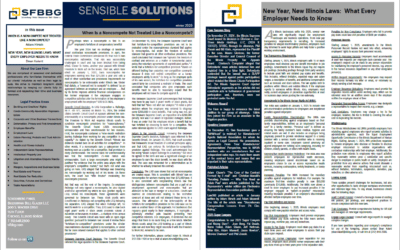Fraudulent practices within the trademark industry have threatened brand owners for years, with scammers continuously refining their methods. Recognizable names such as WTP (World Trademark Publishing), TMP, WW Trademarks, Trademark Registro, and individuals impersonating attorneys or USPTO officers are among those behind these schemes.
These scams often involve deceptive solicitations, falsified invoices, and unauthorized trademark registration services.
To protect your brand against trademark fraud, be aware of the following and implement proactive measures:
- Understanding the USPTO registration process, fees, and payment methods is critical. Payments typically occur once during the registration process and again at renewal, or whenever changes need to be made to the registration or application, at the owner’s request. Aside from that, there are no publication fees, and no other fees associated with the application process. Be vigilant of official payment channels and avoid unconventional requests to mitigate fraud risk.
- Verify correspondence legitimacy and consult trusted sources for guidance. Also, verify the sender’s legitimacy and cross-reference information against official records. This knowledge empowers you to navigate trademark registration confidently and safeguard your brand against potential scams.
- Pay close attention to recognizable signs of potential scams, including unsolicited communication, pressure tactics, linguistic errors, unusual payment requests, unsolicited attachments or links, impersonation of official entities, unrealistic promises, requests for sensitive information, and lack of transparency.
- Entrust trademark registration and renewal services to reputable attorneys with proven track records. Avoid engaging with unfamiliar or unverified service providers.
- Not a scam, but always wise to remember: Register your trademarks with the relevant authorities and maintain meticulous ownership records. Monitor the marks regularly for unauthorized use or infringement and promptly address any violations.
- The United States Patent and Trademark Office recommends that if you have been a victim of a trademark scam, you should report it to your bank, submit a fraud complaint to the Federal Trade Commission, contact your local Federal Bureau of Investigation (FBI) office and the local Attorney General, and report phone scams to the Federal Communications Commission (FCC).
By maintaining vigilance and recognizing trademark fraud warning signs, you can shield your brand from potential harm. This will mitigate the risk of scams. When in doubt, seek guidance from trusted professionals and meticulously verify correspondence authenticity before taking action. Remember, proactive prevention is vital to safeguarding your brand’s reputation amidst the ever-evolving landscape of trademark fraud.
For more information or any questions, please contact Norm Finkel at [email protected] or at (312) 648-2300.



